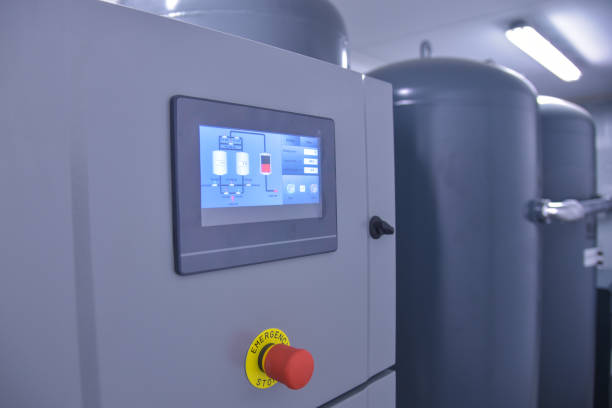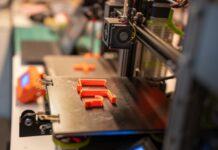The pressure controller operates similarly in both positive and vacuum pressures. In every situation, the pressure at the inlet port is kept in specific one-to-one relation to the force applied by the pilot port. If a vacuum applies to the port for the pilot, it is then that the Back vacuum pressure controller controls the same pressure applied to its inlet port. The trick is to find the appropriate pressure regulator that can switch from positive to negative and then use the signal directly to the pilot port of the backpressure regulator.
Electronic Pressure Control in Absolute Pressure
With EPR, an electronic pressure regulator(EPR) equipped with a built absolute-referenced pressure sensor, it’s also simple to regulate a process stream from the vacuum range to high pressure. The ultra-resolution QPV EPR is an absolute sensor that can measure pressure in total units. The electronic regulator of QPV will provide fundamental pressure signals to the port on the vacuum pressure controller. The resultant electronically controlled absolute pressure is helpful in the case of computer automation of a process.
Open Loop Vacuum to Positive Pressure Control
The above diagram shows the simplest form, open loop, that can achieve positive control. A vacuum pressure regulator sends electronically controlled command signals and the precision of its calibration of the pressure sensor, which is relied on to reach the desired pressure in the system. This method is excellent when the accuracy tolerance is sufficient. Typically, this open-loop control is beneficial for situations in which chemical compatibility and high flow rates or handling high temperatures are available. The vacuum pressure regulators can be utilized to their most absolute advantage.
Closed Loop Vacuum to Positive Pressure Control
The above schematic illustrates how an externally mounted transmitter, PLC, or PID (proportional integral derivative) controller may be employed in cases where greater precision is needed. The signal from the pressure transmitter is compared with the desired absolute or vacuum control valve, and the information is utilized in the control system to alter the password that commands a vacuum pressure regulator.
Manual Control
Many manual vacuum pressure regulators regulate negative and high gauges. They require the positive and the vacuum supply pressure. They are typically the atmospheric pressure. It is the Bellofram Type 77 Vacuum regulator, as shown below, that can be used to control this vacuum pressure controller regulator across the negative-to-positive range (relative to atmospheric pressure). By connecting a manual positive regulator on the backpressure regulator’s dome, it is possible to control a more significant process stream within this range. For the majority of processes, it is necessary to have a positive pressure source that should be present downstream from the vacuum pressure controller, and a vacuum source (pump) is required to the right of the back regulator.
Applications
Vacuum controllers using positive pressure systems connected to the local atmospheric conditions (gauge referenced) include fill and evacuation. Fill and evacuation are typically utilized when an inert gas needs to be refilled into the vessel. This happens when multi-pane windows are filled with Argon gas or food packaging contains oxygen-rich air that has been vacuumed out and replaced by an inert mix.







